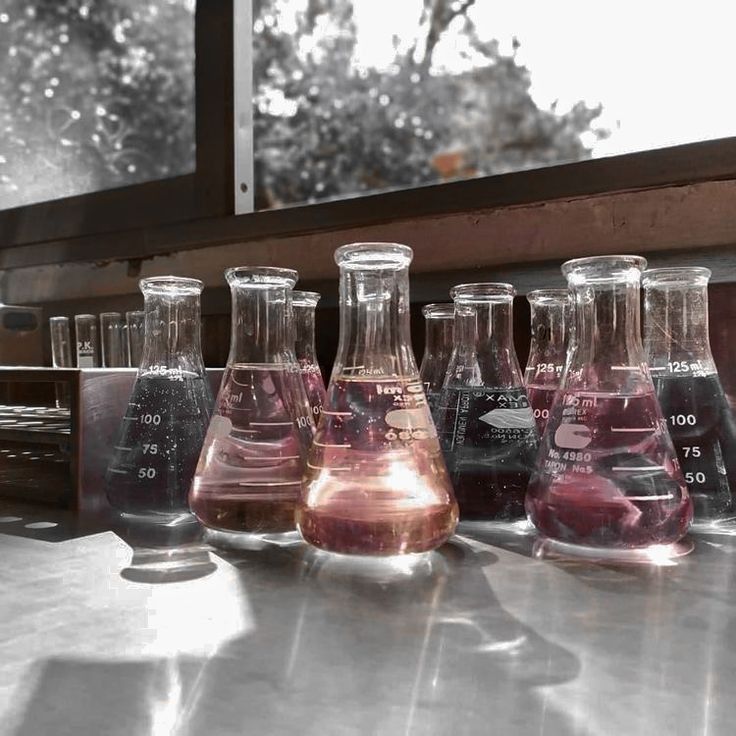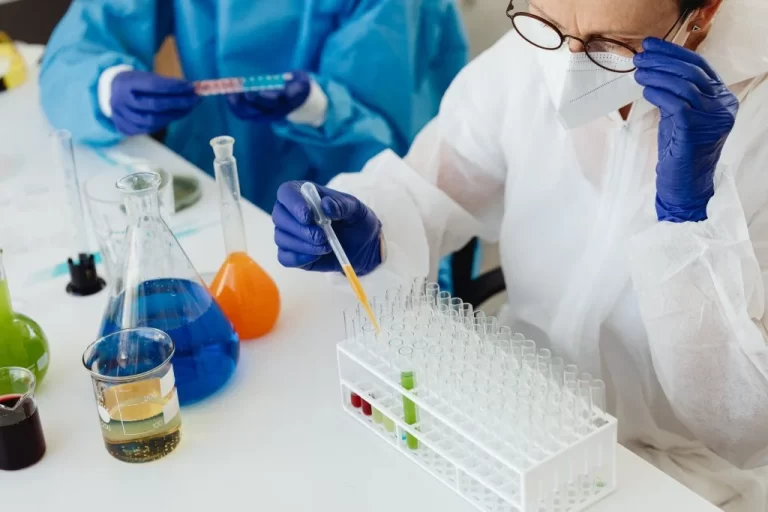Book Appointment Now
Stoichiometry 24: How many moles of MgCl₂ are produced by reacting 150 g of MgCO₃ with excess HCl?

Introduction
To begin with, suppose you’re working in a chemistry lab or running calculations for a manufacturing plant.
Suppose, you have magnesium carbonate (MgCO₃) and a large supply of hydrochloric acid (HCl).
The question tells you that HCl is in excess, so you know it won’t limit the reaction.
Your job?
Then, calculate how many moles of magnesium chloride (MgCl₂) you will produce from 150 grams of MgCO₃..
This is a classic mass-to-mole stoichiometry question, and here’s how you solve it like a pro.
Step 1: Write the balanced chemical equation
Before anything else, we need to know how MgCO₃ reacts with HCl.
The reaction is:
MgCO₃ + 2 HCl → MgCl₂ + CO₂ + H₂O
Therefore, we see that:
1 mole of MgCO₃ reacts with 2 moles of HCl to produce 1 mole of MgCl₂.
This gives us a simple 1:1 mole ratio between MgCO₃ and MgCl₂, which will be important later.
Step 2: Determine the molar mass of MgCO₃
To convert grams to moles, we need the molar mass.
Magnesium (Mg) = 24 g/mol
Carbon (C) = 12 g/mol
Oxygen (O) = 16 g/mol × 3 = 48 g/mol
So:
Molar mass of MgCO₃ = 24 + 12 + 48 = 84 g/mol
Step 3: Convert mass of MgCO₃ to moles
We’re given 150 grams of MgCO₃.
Now apply the formula:
Moles = Mass ÷ Molar Mass
Moles of MgCO₃ = 150 ÷ 84 ≈ 1.786 moles
As a result, you have 1.786 moles of magnesium carbonate available to react.
Step 4: Use mole ratio to find moles of MgCl₂
Furthermore, from the balanced chemical equation, we know:
1 mole of MgCO₃ produces 1 mole of MgCl₂.
So if you start with 1.786 moles of MgCO₃, you’ll also produce:
1.786 moles of MgCl₂
It’s a direct 1:1 ratio.
Step 5: What if they asked for grams instead of moles?
Let’s go a step further.
If they asked for mass of MgCl₂, you would take the moles we just calculated and multiply by the molar mass of magnesium chloride.
Let’s calculate it:
Magnesium (Mg) = 24 g/mol
Chlorine (Cl) = 35.5 g/mol × 2 = 71 g/mol
Molar mass of MgCl₂ = 24 + 71 = 95 g/mol
Now multiply:
Mass = Moles × Molar Mass
Mass of MgCl₂ = 1.786 × 95 = 169.67 grams
So in terms of grams, you’d get about 169.7 grams of MgCl₂.
Step 6: Common mistakes students make
First, they sometimes skip the balanced equation.
That’s a huge mistake. Without a balanced equation, you don’t know the correct mole ratio.
Second, mixing up the molar mass.
Don’t confuse the molar mass of MgCO₃ with MgCl₂ — they are not the same thing.
Third, assuming all reactants are used up.
In this case, HCl is in excess, so MgCO₃ limits the reaction.
The limiting reagent must always be identified, especially when excess is mentioned.
Step 7: Let’s put this in a real-world context
Magnesium chloride (MgCl₂) is not just a school example.
It’s widely used in de-icing roads, pharmaceuticals, and nutritional supplements.
In some industrial processes, MgCl₂ is extracted from seawater using reactions involving MgCO₃ and acids like HCl.
Chemists use this exact kind of calculation to decide how much raw material they need for a batch.
Whether you’re making 10 grams or 10,000 kilograms, stoichiometry is the key to scaling.
Step 8: Why excess matters
When a reactant is labeled as “in excess,” it means you don’t have to worry about it running out.
All your attention should be on the other reactant — in this case, MgCO₃.
Once you know how many moles of that are available, the rest becomes straightforward.
So always check whether a reactant is in excess or limited.
It simplifies your workflow.
Step 9: Let’s recap the numbers
You started with 150 grams of MgCO₃.
That gave you 1.786 moles, using a molar mass of 84 g/mol.
From the balanced equation, that’s a 1:1 ratio with MgCl₂.
So, 1.786 moles of MgCl₂ is produced.
And if needed, that equals about 169.7 grams of magnesium chloride.
Final Wrap-Up
When 150 grams of magnesium carbonate (MgCO₃) reacts with excess hydrochloric acid, it produces 1.786 moles of magnesium chloride (MgCl₂).
This result comes from a chain of logical steps: starting with molar mass, applying the mole ratio from the balanced equation, and staying alert for common mistakes.
This isn’t just math — it’s the language of chemical accuracy.
Want to sharpen your stoichiometry skills further?
Explore guided lessons, video tutorials, and detailed practice questions at www.copychemistry.com.



